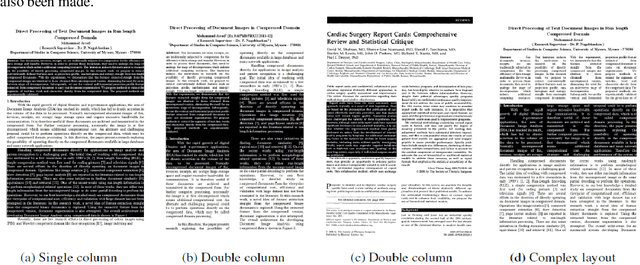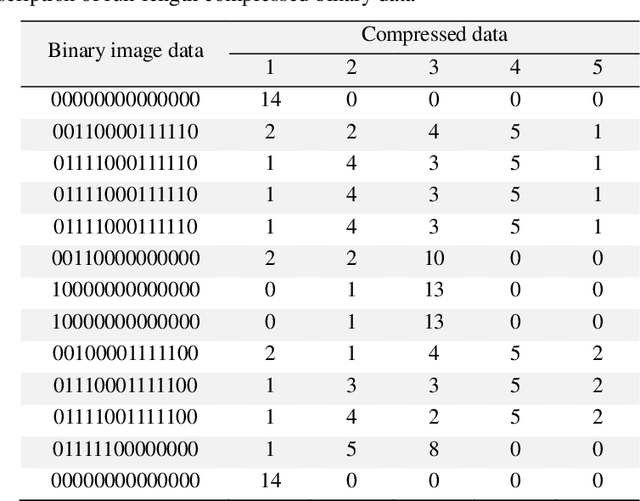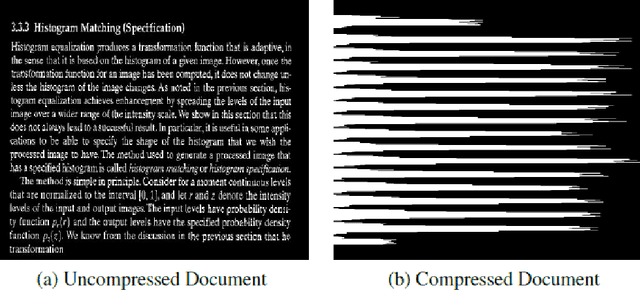Automatic Page Segmentation Without Decompressing the Run-Length Compressed Text Documents
Paper and Code
Jul 02, 2020



Page segmentation is considered to be the crucial stage for the automatic analysis of documents with complex layouts. This has traditionally been carried out in uncompressed documents, although most of the documents in real life exist in a compressed form warranted by the requirement to make storage and transfer efficient. However, carrying out page segmentation directly in compressed documents without going through the stage of decompression is a challenging goal. This research paper proposes demonstrating the possibility of carrying out a page segmentation operation directly in the run-length data of the CCITT Group-3 compressed text document, which could be single- or multi-columned and might even have some text regions in the inverted text color mode. Therefore, before carrying out the segmentation of the text document into columns, each column into paragraphs, each paragraph into text lines, each line into words, and, finally, each word into characters, a pre-processing of the text document needs to be carried out. The pre-processing stage identifies the normal text regions and inverted text regions, and the inverted text regions are toggled to the normal mode. In the sequel to initiate column separation, a new strategy of incremental assimilation of white space runs in the vertical direction and the auto-estimation of certain related parameters is proposed. A procedure to realize column-segmentation employing these extracted parameters has been devised. Subsequently, what follows first is a two-level horizontal row separation process, which segments every column into paragraphs, and in turn, into text-lines. Then, there is a two-level vertical column separation process, which completes the separation into words and characters.
 Add to Chrome
Add to Chrome Add to Firefox
Add to Firefox Add to Edge
Add to Edge